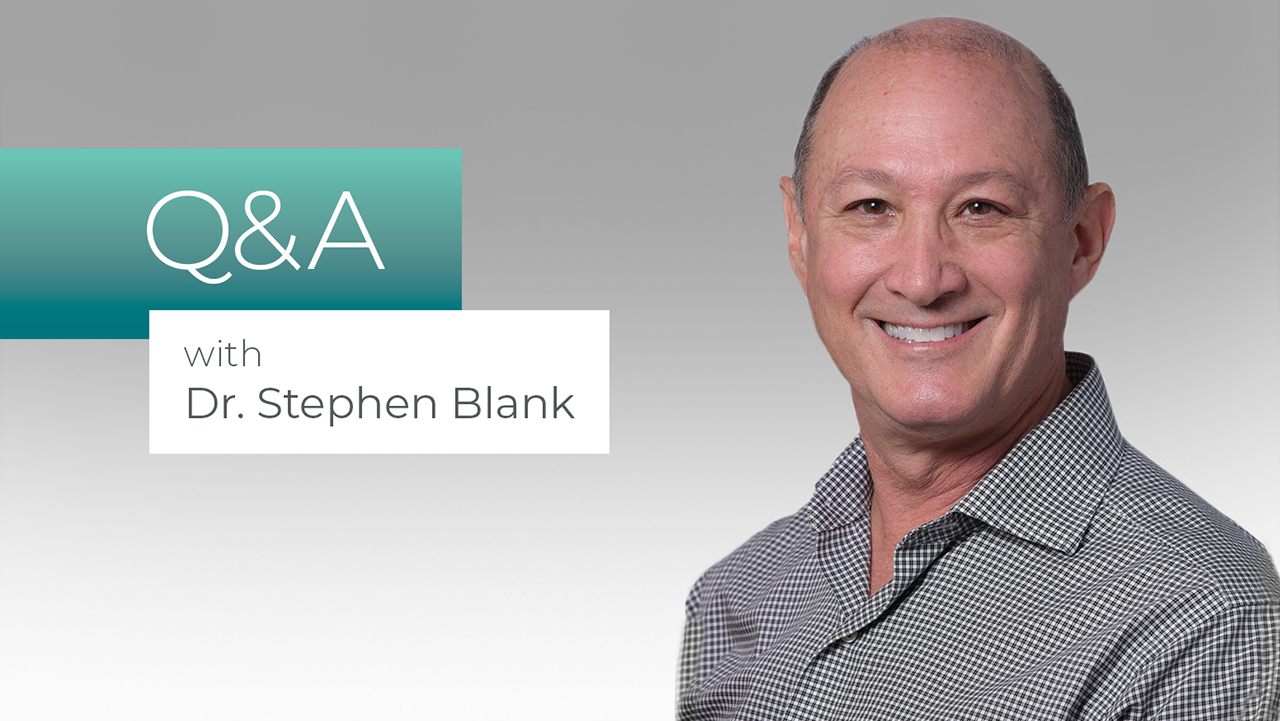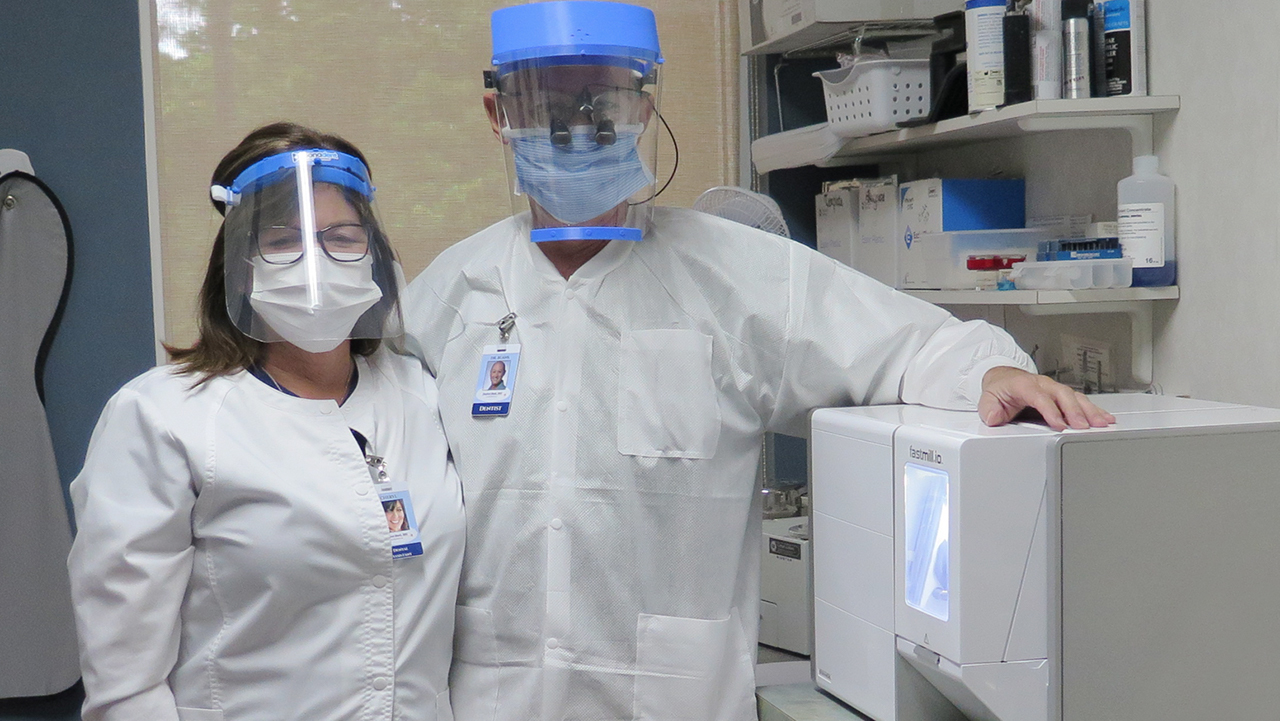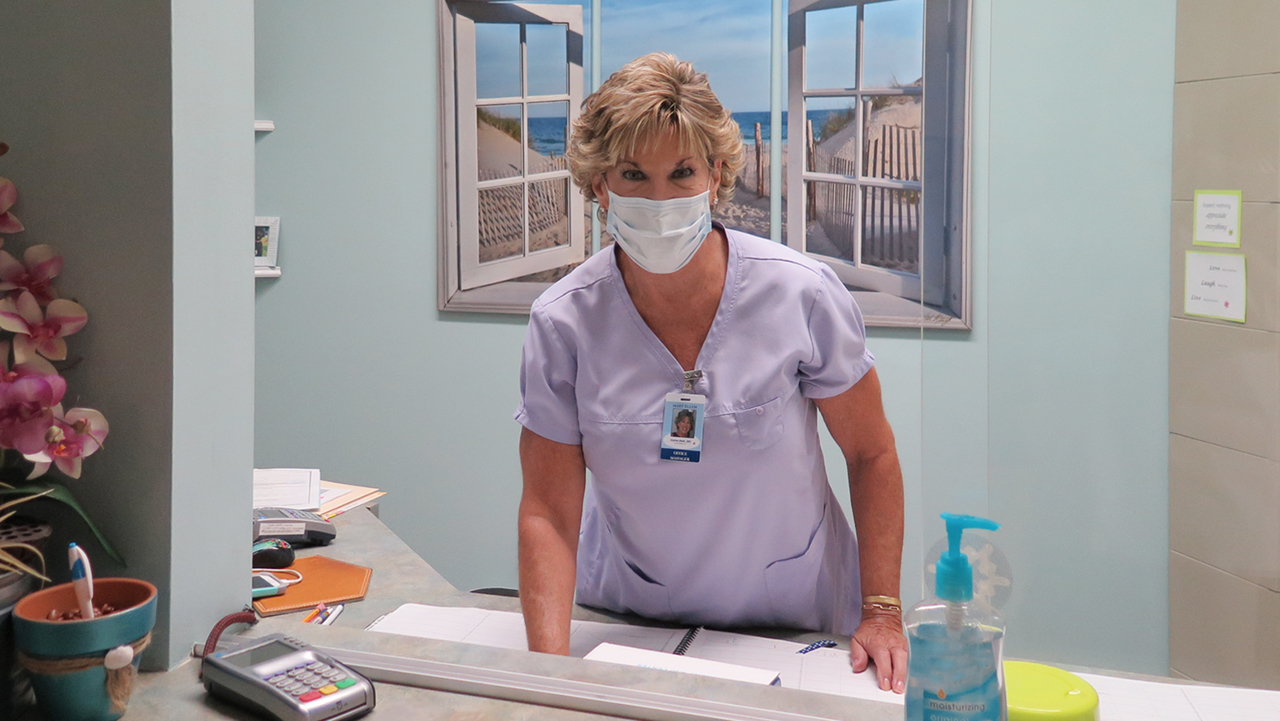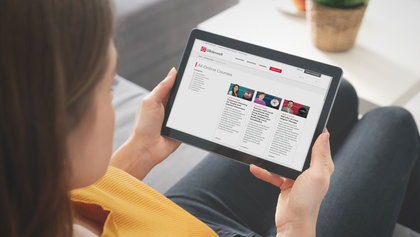2201 Dupont Dr., Irvine, CA 92612
© 2025 Glidewell. All rights reserved.
800-854-7256 USA
Dr. Stephen Blank talks about digital tools and his thoughts on dentistry in the months ahead.


Converting to a plaster-free office takes intention. So does weathering the challenges of COVID-19. For these and other situations, you’re going to find Dr. Stephen Blank always has a plan. The Florida-based clinician, who has been practicing dentistry for 38 years, recently spoke with Glidewell about different ways he’s helping patients today.
Kiali Wong Orlowski: One thing that sets your office apart is technology. You have the expertise and the equipment, from a hallway of 3D printers to the glidewell.io™ In-Office Solution. How are you using these technologies to help patients more efficiently?
Dr. Stephen Blank: Patients need to know what’s in it for them. They have to know they can get their aligners two days after they come in for a scan. They can get crowns in one visit. We tell them about how we can use these technologies to turn things around quickly and take good care of them.
Just the other day, I had a patient who needed a crown and wanted to wait until the next hygiene visit, which is only next month. And I said: “Oh, that’ll work perfectly for you. You can come here, and we can work on your tooth, prepare it and scan it instead of using the rubber goop. And then you can see our hygienist while your crown is being made. As soon as you’re finished with that, we’ll be able to put your crown in and you can go home.” So there’s no waiting period with nothing happening. That’s our ideal.
KO: How did the patient respond to this one-visit treatment plan?
SB: The patient loved it. And it works better for us because we can keep the same room ready for that patient during the appointment, rather than cleaning up things twice. So it’s less overhead that way and fewer appointments to confirm.

KO: What’s your mindset when it comes to technology? And what advice would you give to dentists who are looking to go digital?
SB: With technology, you’re either moving forward or you’re going backward, and that’s true in dentistry and beyond. There’s no staying still, because the rest of the world keeps moving forward. So if you stay where you are, you’re going backward. If you’re a dentist who still pours up all your models, you’re one of the last ones.
When my office got glidewell.io in December, I had to make room. Out went the model trimmer, in went the fastmill.io™. And where the plaster bin was mounted on the wall, there’s a TV monitor up there for my glidewell.io system.
So we’re plaster-less now. If we want to make models, we print them out on one of the 3D printers and two hours later, it's done. I don’t have to trim it. It’s already trimmed in the software. And there are no bubbles.
KO: Thinking back to springtime, what did the coronavirus slowdown look like for your practice?
SB: Well, our office stopped seeing patients on March 12, and we were closed down for seven weeks, by order of the governor.
KO: What were your top priorities during those seven weeks?
SB: It was important to know that my team was taken care of financially. So I was able to dip into my reserves and make sure they were covered for the rest of March. Fortunately, nobody was financially strapped that badly. And even though there were delays with unemployment checks, my three employees have gotten their benefits caught up.
I also applied for a loan from the Paycheck Protection Program (PPP) and received it on the second round. So I knew when we went back to work, if we did not have enough patient flow, we would be able to cover payroll for the next two months.
Another goal was continuing education. I was able to focus on some very interesting courses. And my other top priority was to get the office prepared for reopening. Simply getting sanitizer was difficult, but we ordered that and a lot of other things way early. We ordered air purifiers that have a triple filter with a UV light inside, and we placed an air purifier in each room. I bought another 3D printer, and we printed out face mask shields. I also communicated with patients through my website, Facebook and email. And we recently started wearing name badges with pictures that show our full faces, uncovered, because our new patients have never seen us without a mask.

KO: How are patients responding to the idea of coming to the dental office now?
SB: There are a few who are still hesitant, but most of that has faded away as everybody sees the same protocols everywhere they go.
KO: How are you thinking about dentistry in the months ahead?
SB: My main takeaway from dentistry during COVID-19 is that patients want to know we’re looking after their health and that they can feel safe at our offices.
If you’re only thinking about the short term, reopening is simple: You can just reopen your doors. The real challenge is getting people to leave their houses and feel safe going to your business in the long term.
It’s not just about wearing a face mask. It’s about making the effort to tell patients, “We’re doing this and this to ensure the office is safe for you and your family.” They want to hear it. And I think then they’ll feel better coming back for their next visit or referring someone.
And our team members need to be safe, too. We don’t want them to feel like coming to work is a health hazard. So we’ve had that talk in the office that we’re all wearing masks, whether or not we have patients in the building. The important thing is that we follow through completely, even when patients are not there. It’s about keeping all of us safe.
Send blog-related questions and suggestions to hello@glidewell.com.



